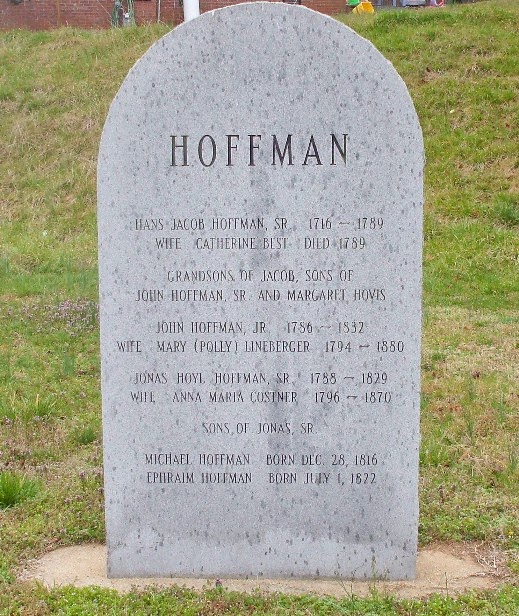Gift Shop Sale & Makeover!
By Jeff Pruett
By Jeff Pruett
At the Gaston County Museum of Art & History we are delighted when first time visitors and returning patrons stop by to experience a new exhibit, view the artwork of a local artist, or visit one of our permanent collections. Most often these visits include a stop in the gift shop. Around the museum you will see the phrase, “there’s always something old and a lot that’s new at the Gaston County Museum” and we are very excited to announce that over the coming weeks and months there will be A LOT that’s new in the gift shop; you might call it an extreme makeover!
 To kick things off, we will be having a very special sale on all of our current gift shop merchandise from September 13 – 20 during regular museum hours. Please shop early so you can experience the best bargains! All shop merchandise will be 25% off with special deals on the sun porch, including discounts of 50% and more.
To kick things off, we will be having a very special sale on all of our current gift shop merchandise from September 13 – 20 during regular museum hours. Please shop early so you can experience the best bargains! All shop merchandise will be 25% off with special deals on the sun porch, including discounts of 50% and more.
To keep you up to date with the changes in the gift shop, we will be updating our progress and posting photos on our Facebook page, so follow along and let us know what you think. We welcome your comments and believe you will be pleased to see the shop’s new look! If you haven’t visited our Facebook page, check us out at www.facebook.com/GastonCountyMuseum and be sure to click LIKE!
For more information on the gift shop, please contact Patty Brooks, Museum Shop Manager/Development Assistant at 704.922.7681 x108 or patricia.brooks@gastongov.com



















































